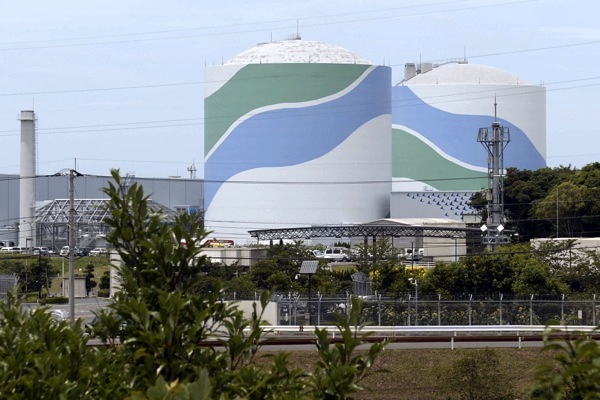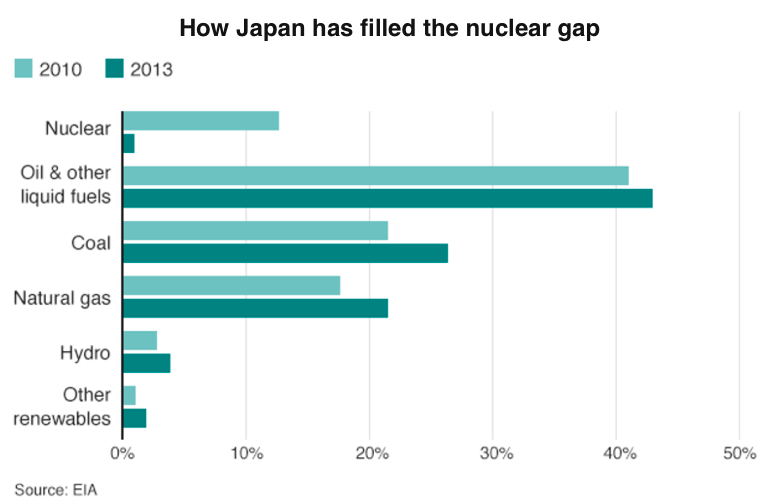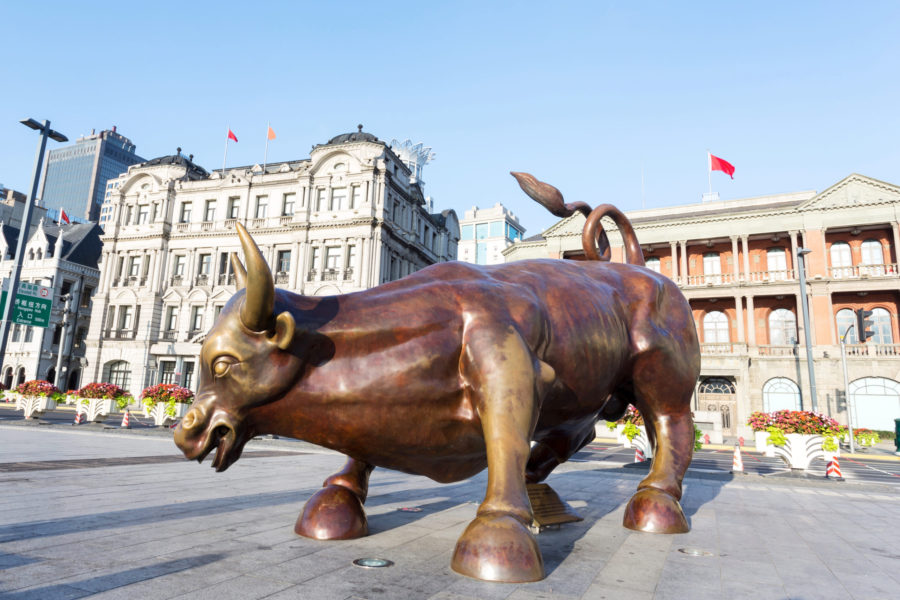Japan resumes producing nuclear power

Police officers protect the Kyushu Electric Power Co. plant in Sendai, Kagoshima, Monday, the day the company announced that a full safety check would take place ahead of its potential new lease of life. (Image: Screenshot via YouTube)
After a two-year break, Japan has restarted Tuesday the first nuclear reactor that complies with new safety requirements following the Fukushima disaster.
The national broadcaster NHK showed workers at Kyushu Electric Power’s Sendai nuclear plant in the control room as they turned the reactor back on.
Industry minister Yoichi Miyazawa described the move as “indispensable” to decrease Japan’s reliance on imported energy and manage soaring electricity prices.
“It would be impossible to achieve all these three things simultaneously: Keep nuclear plants offline, while also trying to curb carbon dioxide and maintain the same electricity costs,” he was quoted as saying by Associated Press. “I hope to gain the public’s understanding of the situation.”
The Sendai No. 1 reactor is scheduled to start generating power Friday and reach full capacity next month. The second Sendai reactor is due to restart in October, the company said.
After the 2011 Fukushima disaster, the Asian country went completely without nuclear power for nearly two years, with reactors remaining idle pending safety inspections.
Two plants were briefly restarted two years ago as the country struggled to meet its basic energy demands, but were switched off again in late 2013.
There is still strong public opposition to returning to nuclear power. Protests have been taking place outside the Sendai plant and at Prime Minister Shinzo Abe’s residence in Tokyo, about 1,000 km (600 miles) away.
A total of 25 plants have applied to be restarted, but all are facing legal challenges from concerned locals.
Japan’s nuclear watchdog, the Nuclear Regulation Authority, had previously given a green light to the reopening of reactors 3 and 4 of the Kansai Electric Power Company’s Takahama nuclear plant.
But locals successfully petitioned the court in Fukui Prefecture, where the plant is located, to block the move, citing worries about whether the reactors would survive a strong earthquake.
The Fukushima clean-up process has been full of troubles, and large tracts of the surrounding prefecture may remain uninhabitable for decades.
{{ commodity.name }}
{{ post.title }}
{{ post.date }}






Comments